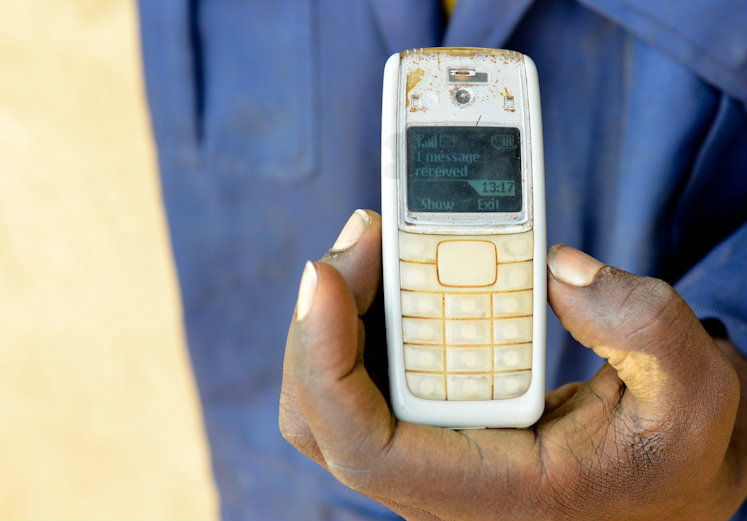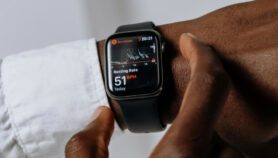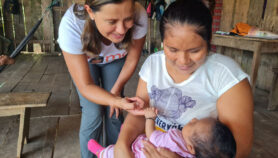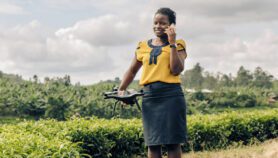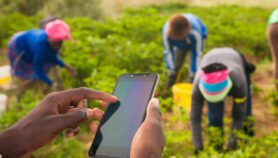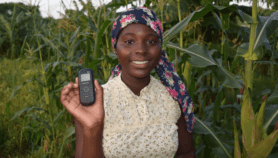By: Nick Kennedy
Send to a friend
The details you provide on this page will not be used to send unsolicited email, and will not be sold to a 3rd party. See privacy policy.
At the Mobile World Congress last week (25 February) I listened to Arjen Swank, business development manager of Text To Change (TTC), discuss the best way to implement a successful mobile health programme in Africa.
TTC is a social enterprise that develops mobile phone-based solutions to enable their partners, such as USAID (the US Agency for International Development) and Unicef (the United Nations Children’s Fund), to interact with people in the developing world.
I spoke to Swank and Bas Hoefman, TTC’s co-founder, and asked them to share the secrets to their business’s success. I’ve boiled them down to four secrets to success.
Have a plan, but scale up soon
One key to success, they said, was not to implement a small-scale pilot study.
They launched their first mobile health campaign, designed to raise awareness about HIV-AIDS in Uganda, from scratch. They immediately targeted 15,000 people with an interactive SMS quiz. They received 100,000 responses within the first month and recorded an increase of between 40 and 50 per cent in people visiting their partner clinics for HIV-AIDS testing or information.
But for such an immediate scale-up to be successful, you must first carry out a comprehensive programme design, which involves focus group discussions and user testing, and that takes a lot time, they say.
Work with governments from the get go
What really enabled TTC to scale-up immediately was the vital funding they received from the Ministry of Health in Tanzania, along with the government’s early involvement.
“It was very important to have that buy-in from the government early on. If you have the government buy-in from the start and involve them in the compiling of the content and all the technicalities, you don’t have to change your whole campaign later on,” Swank told me.
Some governments want everything to be in line with their policies when it’s actually too late, he added.
Ask the users
Interactivity was also essential to the HIV-AIDS campaign’s success. “Instead of telling people what to do, we ask them, what is the best thing to do?” said Swank. “So you spark a discussion. Making it interactive means that people will stay in your campaign for longer and they will have a better uptake of the information that you’re sending out.”
“Making it interactive means that people will stay in your campaign for longer and they will have a better uptake of the information that you’re sending out.”
Arjen Swank, Text To Change
Swank and Hoefman suggested focusing on the local cultural context of a large geographical area — four or five countries at the same time — not just on individual countries. This way, the initial investment and study of the local social and economic context only has to be done once, they said. You do not have to keep reinventing the wheel.
TTC has also established an SMS campaign which aims to reduce infant and mother mortality. 500,000 women across Tanzania are receiving personal text messages that give them information about their state of pregnancy, such as nutritional advice and when to attend local clinics.
TTC does not send the same blanket message to everybody though. Each message is personalised, specific to each woman’s stage in pregnancy, which makes it more applicable to the person receiving it.
“The women receive a message at the time it needs to be there, and it feels more personal to receive those messages,” said Swank. They also chose not only to target mothers but also the people taking care of them, such as their husbands, caretakers and other family members.
See below for a video in which Arjen Swank introduces himself and Text To Change’s work:


